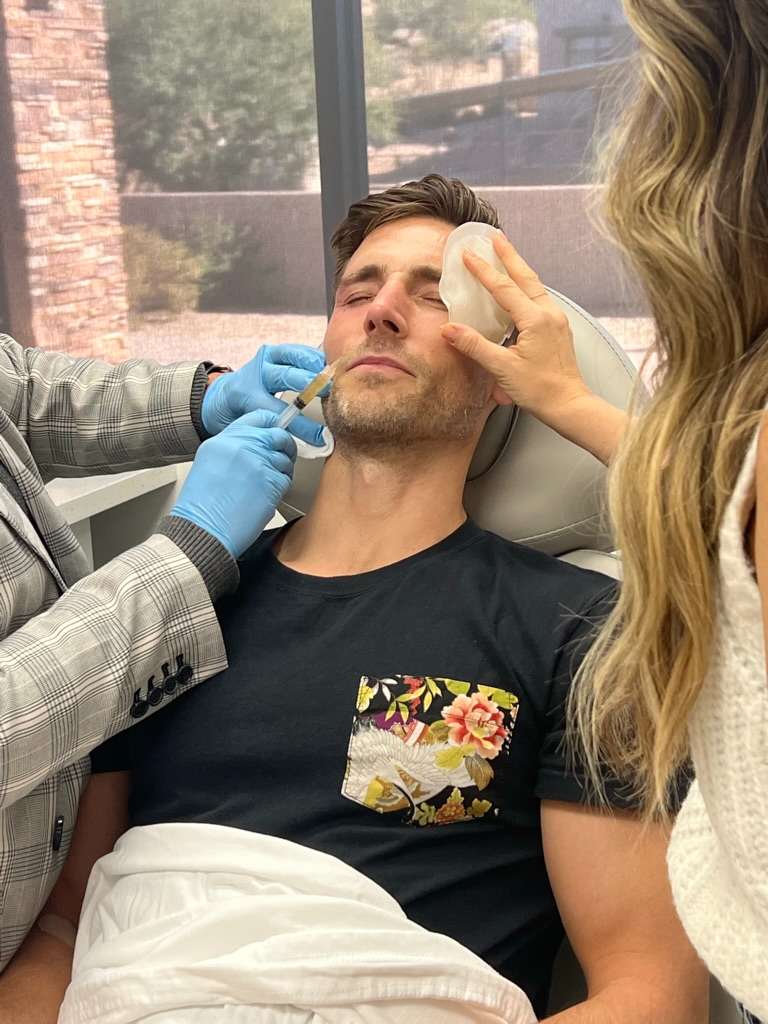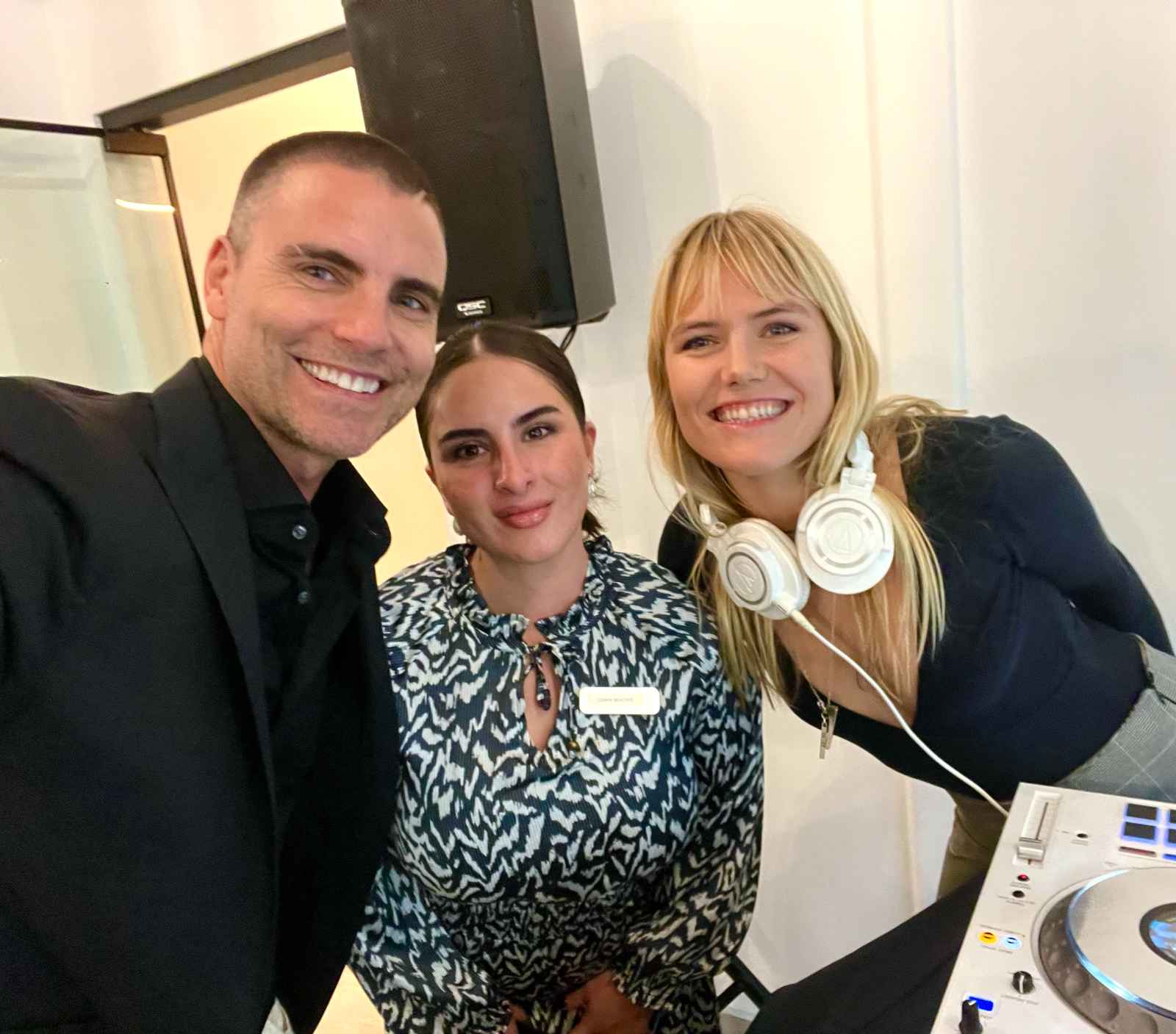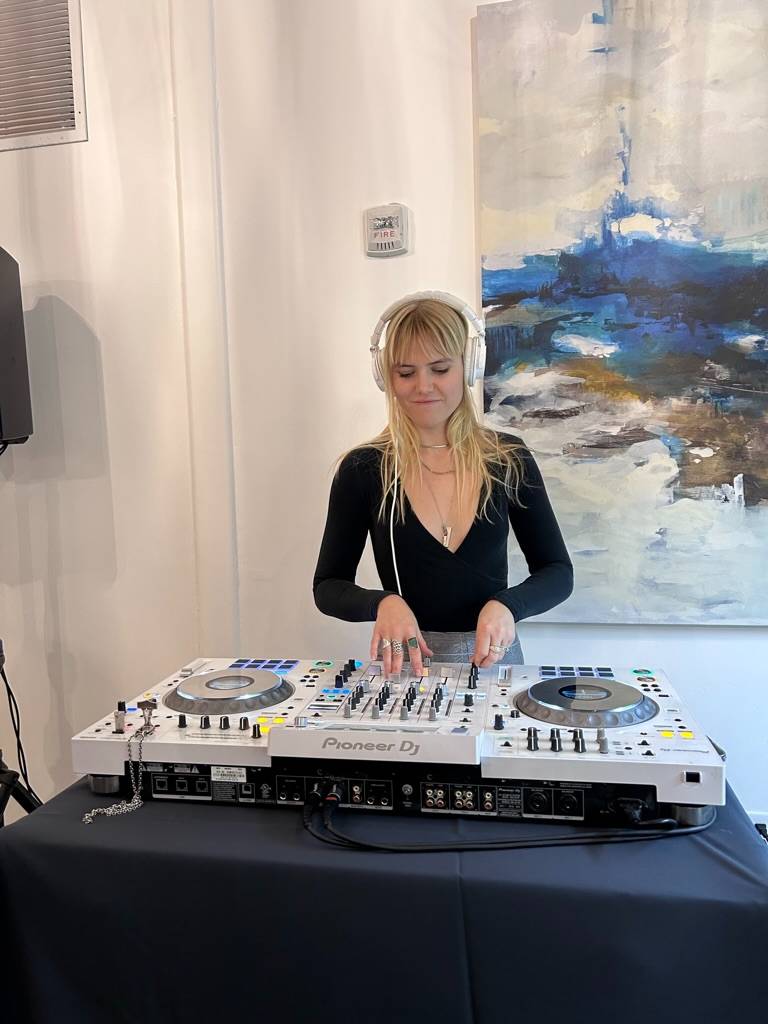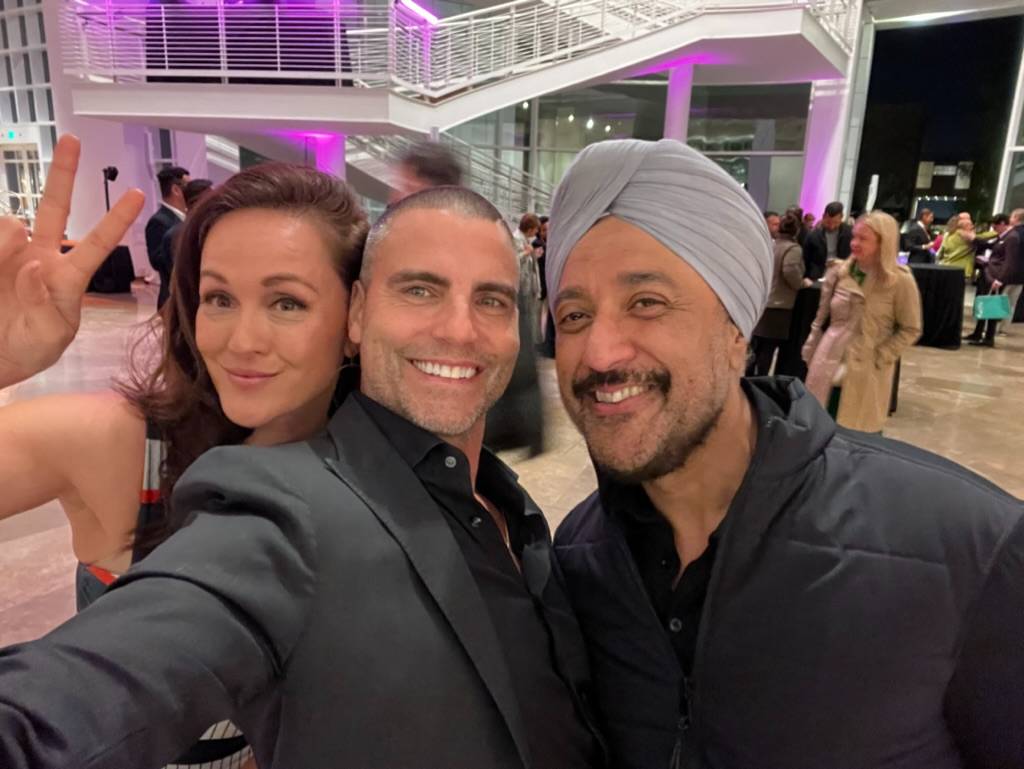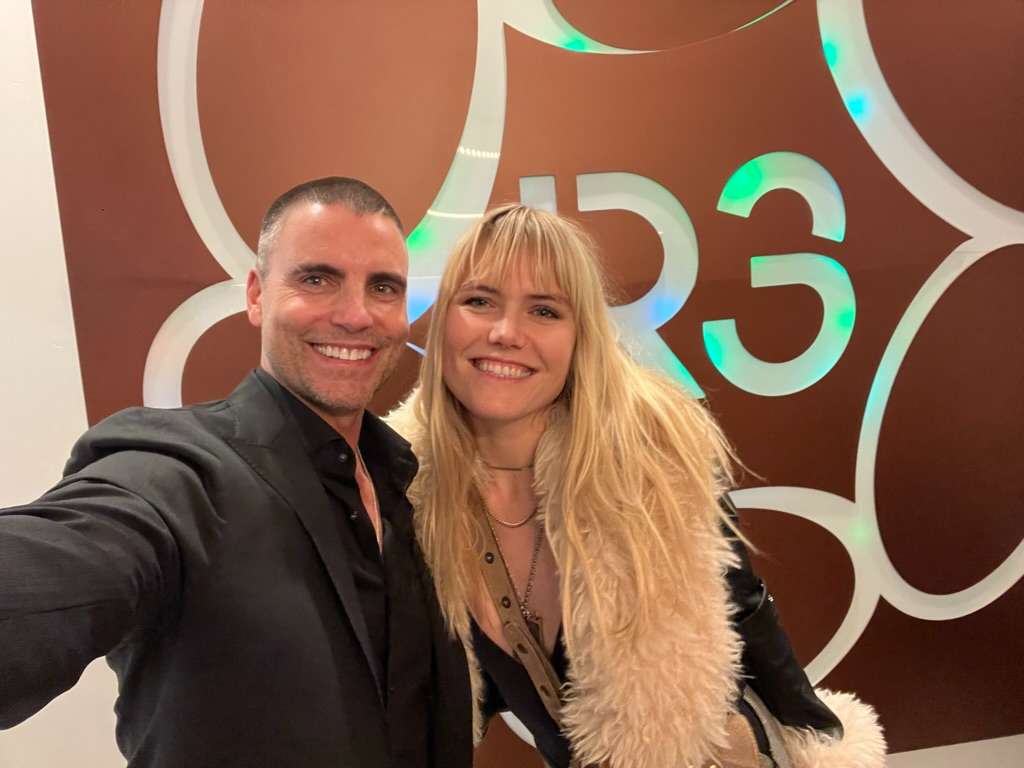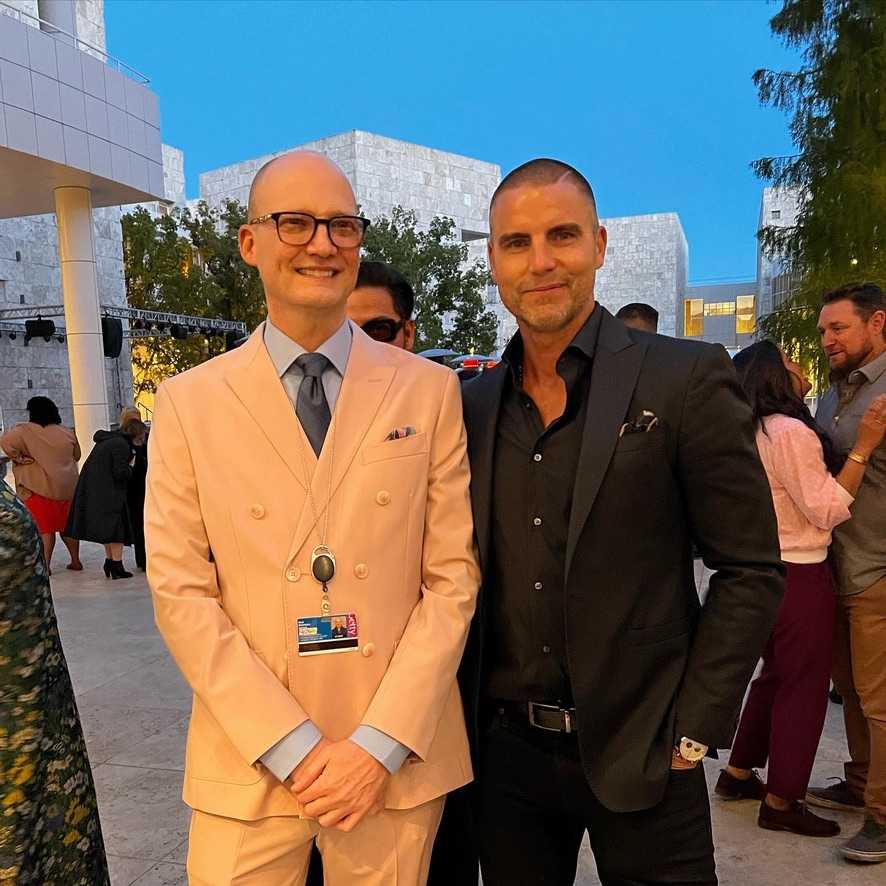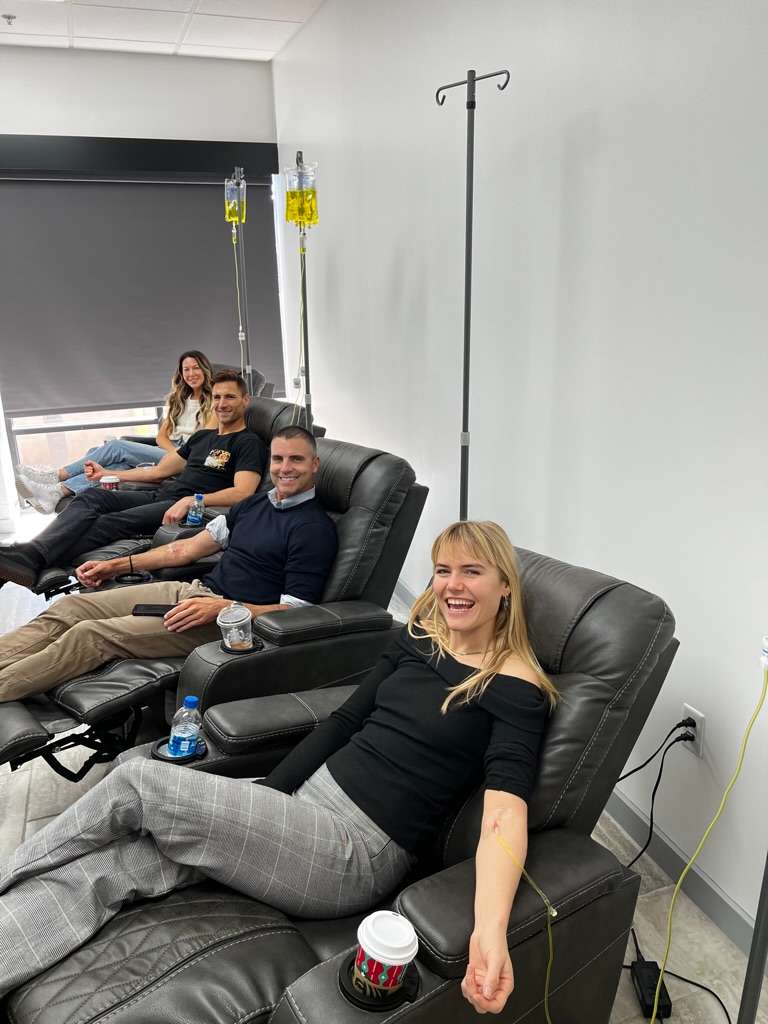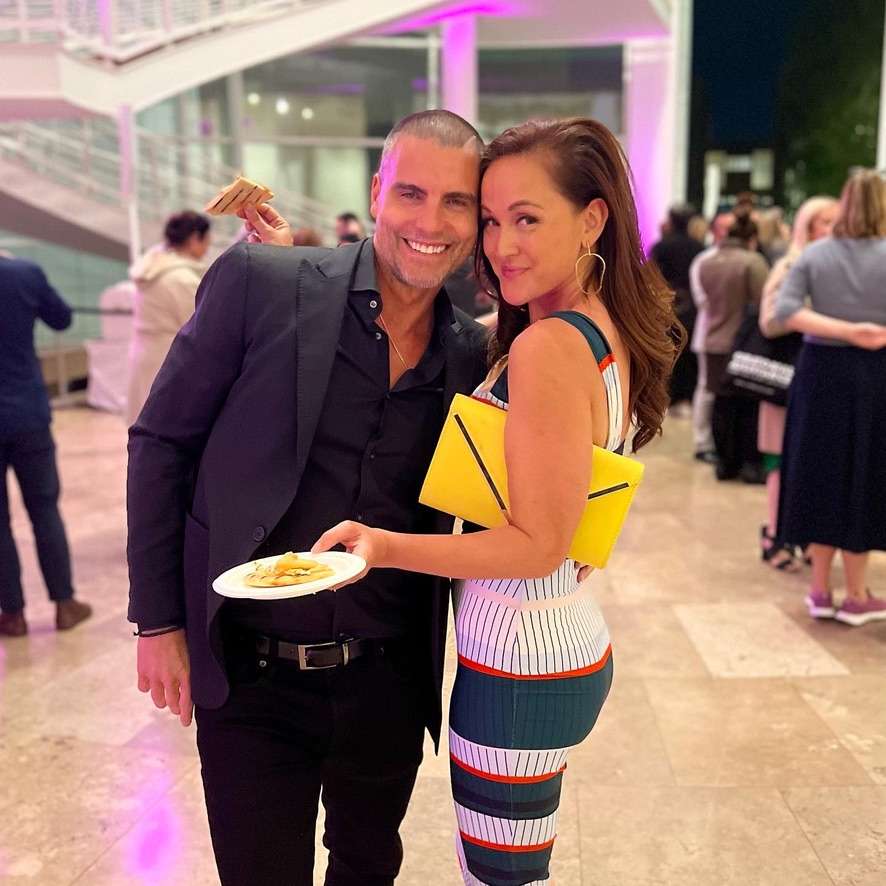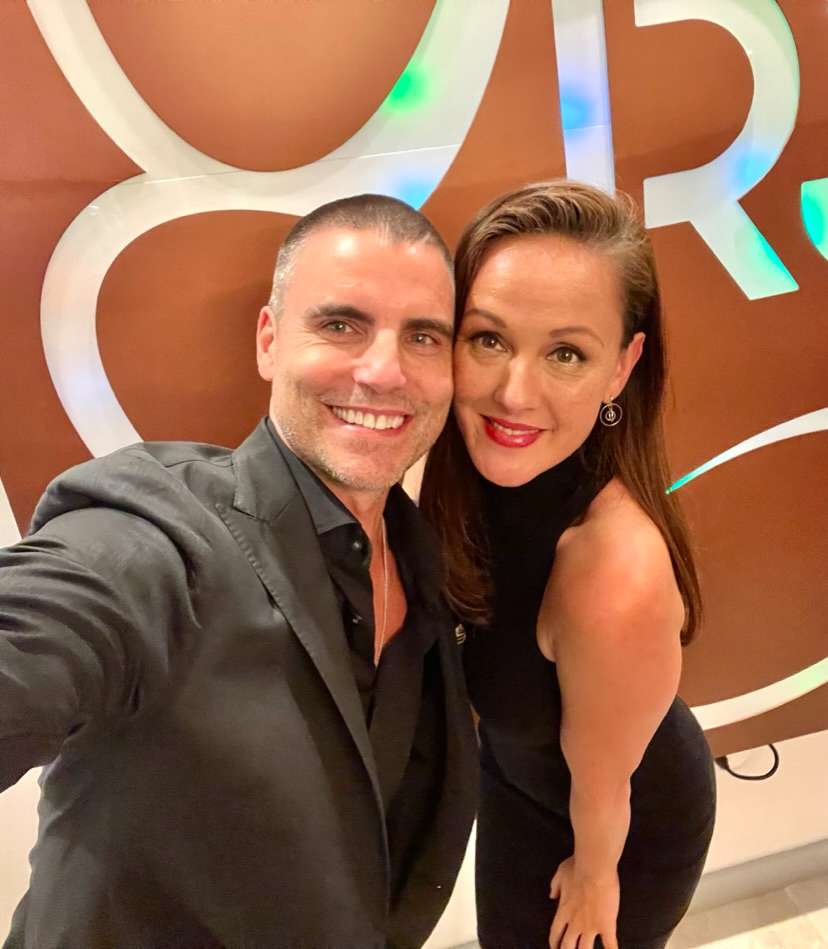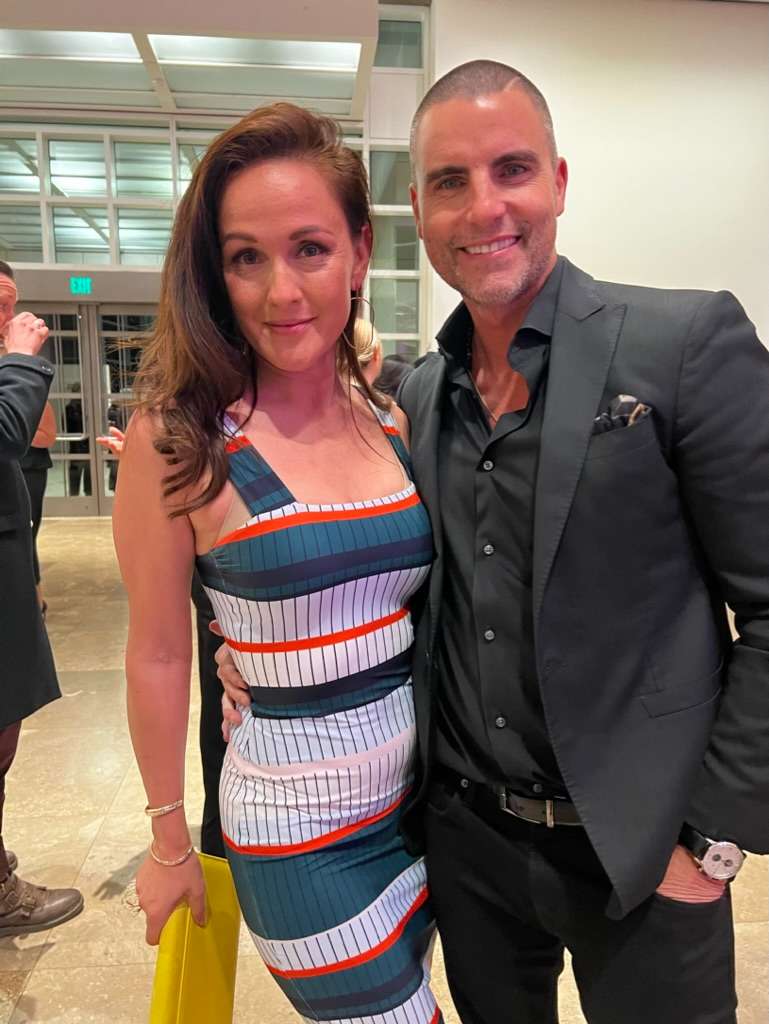The type of stroke will determine the form of treatment given, since strokes have differing causes. So ischemic type treatments are very different from the hemorrhagic type treatments plus the treatment method for one type may not suitable, and in fact, may be harmful for the other.
Ischemic stroke treatment
This treatment focuses on restoring sufficient blood supply to the brain, since these strokes are caused by arteries being clogged or narrowed. Treatment usually starts by administering drugs that dissolve clots and prevent formation of new ones.
Aspirin and tissue plasminogen activator (TPA) can be administered, but TPA as an injection through a vein in the arm. TPA is a very potent clot-buster but needs to be given within 4.5 hours of observing symptoms.
Emergency endovascular procedures may also be carried out by either delivering medications directly to the brain using a catheter inserted into an artery in the groin area, and threading it to the brain to deliver TPA directly into the part of the brain where the stroke is occurring or removing the clot with a stent retriever, a method used when the clot is too big to be totally dissolved by TPA.
Other procedures that can be done include carotid endarterectomy and angioplasty.
Hemorrhagic stroke treatment
Treatment here focuses on controlling bleeding and relieving the pressure on the brain, since this type of stroke is caused by a leaking or ruptured artery, spilling blood into the brain.
Treatment starts with administering medications that help relieve the brain of the pressure, lower overall blood pressure, prevent vasospasm and seizures.
Drugs that counter the effect of blood-thinning anticoagulants, such as warfarin or clopidogrel, are given to individuals taking them.
Blood vessels that led to or could lead to hemorrhagic stroke can be repaired with surgery by placing small clamps at the base of aneurysms.
Hemorrhagic stroke caused by AVMs can be prevented by removing them if they are not too big or deeply situated in the brain.



